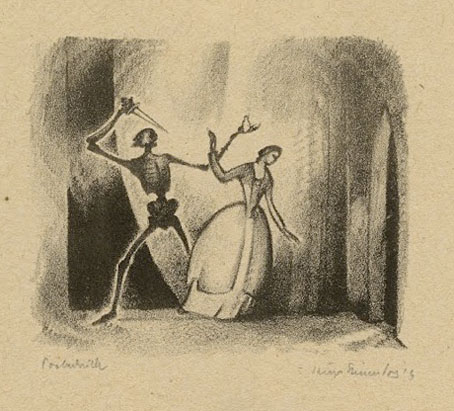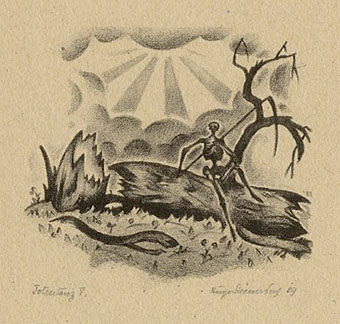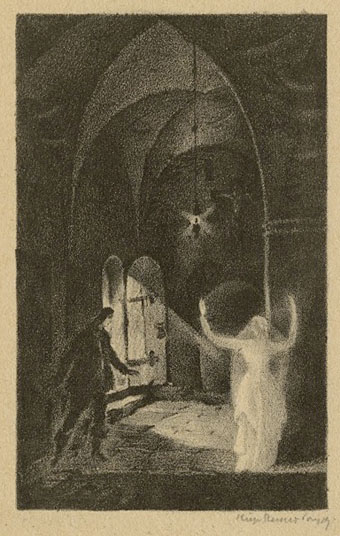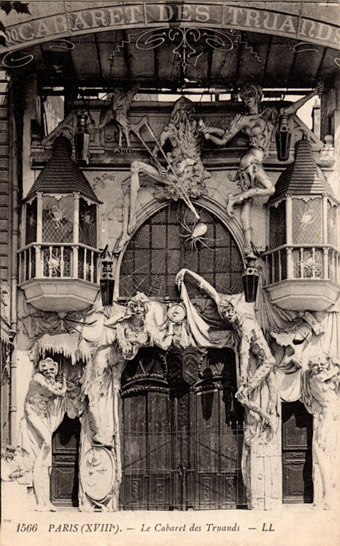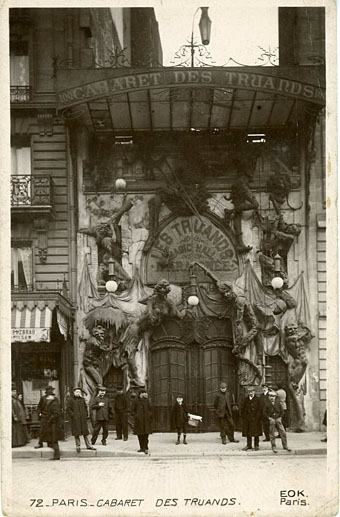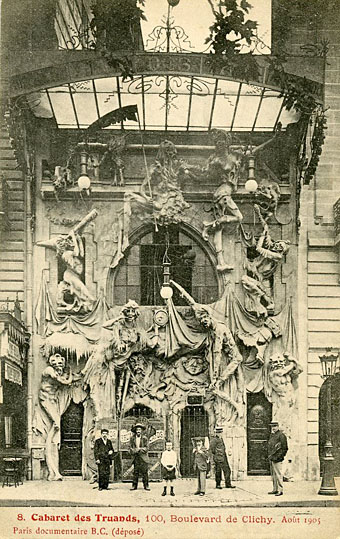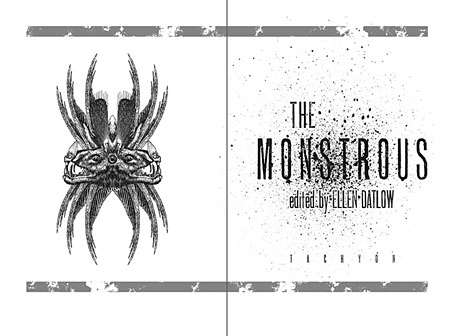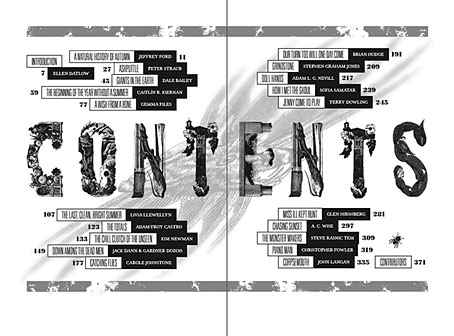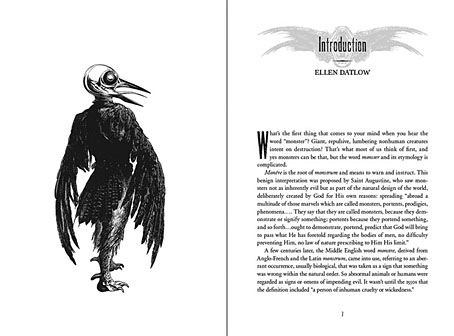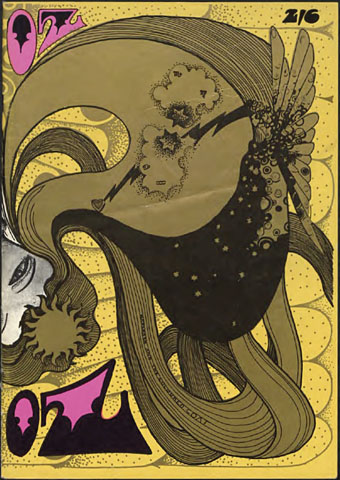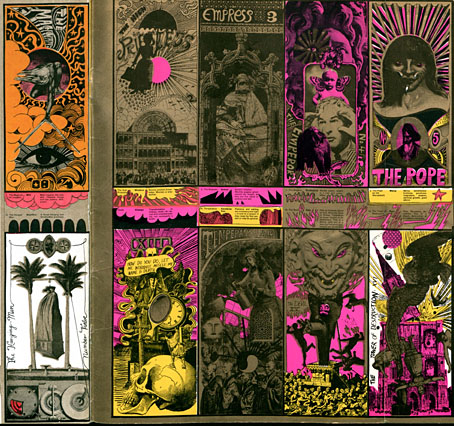Teatro Grottesco by Feuilleton on Mixcloud
Presenting the tenth Halloween playlist, and another mix of my own. This year the compilation honours the recent Penguin collection of stories by Thomas Ligotti, hence the title and dedication. Whether a Ligotti theme can be perceived in the arrangement depends on the familiarity of the listener with Ligotti’s brand of weird fiction, but even if the mix communicates little in this direction having something to aim for helped me narrow the focus. The presence of David Lynch-related pieces is justified by Ligotti’s inclusion in a collection of fiction inspired by Lynch’s films.
As to some of the other selections: French composer Igor Wakhévitch is a {feuilleton} favourite whose orchestral works are unique, bizarre and often disturbing; Jean-Claude Eloy is another French composer who (like Tod Dockstader) has used electronics to create doom-laden dronescapes; and the piece by Sinoia Caves is an extract from the nightmarish bad-trip sequence in Beyond the Black Rainbow, a film directed by Panos Cosmatos.
Recent changes at Mixcloud mean that listeners can no longer see a tracklist before playback so here’s the detail:
Alan R. Splet, David Lynch, Ann Kroeber—Textured Night Wind Gently Rises And Falls (2000)
Igor Wakhévitch—Ergon (1970)
Coil—Cardinal Points (1988)
Tod Dockstader—Myst (2005)
Julee Cruise—Into The Night (1989)
Jean-Claude Eloy—Fushike-e (1er Extrait) (1979)
Mica Levi—Lonely Void (2014)
Stars Of The Lid—Taphead (1996)
Belbury Poly—A Thin Place (2005)
Einstürzende Neubauten—Armenia (1983)
Igor Wakhévitch—Amenthi (Attente De La Seconde Mort) (1973)
Sinoia Caves—1966 – Let The New Age Of Enlightenment Begin (2014)
Angelo Badalamenti—Dark Mood Woods/The Red Room (2007)
Bohren & Der Club Of Gore—The Art Of Coffins (2002)
Previously on { feuilleton }
• A mix for Halloween: Unheimlich Manoeuvres
• A mix for Halloween: Ectoplasm Forming
• A playlist for Halloween: Hauntology
• A playlist for Halloween: Orchestral and electro-acoustic
• A playlist for Halloween: Drones and atmospheres
• A playlist for Halloween: Voodoo!
• Dead on the Dancefloor
• Another playlist for Halloween
• A playlist for Halloween

